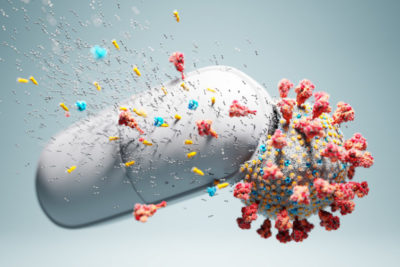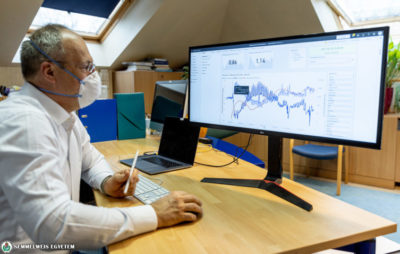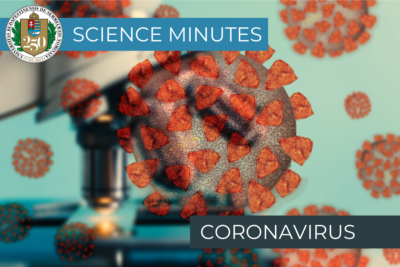Individuals can often test positive for SARS-CoV-2 by real-time polymerase chain reaction (RT-PCR), which is based on viral heredity, after no longer being infectious. Positive SARS-CoV-2 antigen-based testing correlates more with the amount of active, replicating virus in the body and could therefore be a more accurate predictor of an individual’s infectivity. A recently published preprint suggests that antigen-based testing could facilitate the containment of the epidemic. Summary of Dr. Béla Merkely, Rector.
In contrast to the results of PCR testing methods, using the SARS-CoV-2 antigen-detection test a correlation was found between positive antigen test results and the presence of infectious virus concentration. Due to its rapid time-to-result and low cost, antigen-based testing could facilitate effective testing and the implementation of public health interventions that will better contain COVID-19.
The latency or presymptomatic period of SARS-CoV-2 causing the COVID-19 pandemic, is 4-7 days. The maximum infectivity of the patient starts 1-3 days after the onset of the symptoms and infectivity decreases 7-10 days after symptom onset. In a hamster model infected with SARS-CoV-2 it has been shown that the genetic material of the virus was still present 14 days after inoculation, however the animal’s infectivity ended much sooner. Four other studies have shown that despite the presence of viral RNA detectable by PCR, cell cultures were more difficult to infect if the result of the antigen test from the sample was negative.
Several SARS-CoV-2 antigen-based tests have been approved by the American Food and Drug Administration. Indirect evidence shows that the results of antigen-based tests correlate better with results of culture-based test examining infectivity directly than PCR.
The preprint recently published online aims to determine the efficiency of SARS-CoV-2 antigen testing in differentiating between contagious and non-contagious individuals based on methods assessing infectiousness compared to the PCR methodology.
38 PCR positive samples were tested for the presence of SARS-CoV-2 using antigen tests and infectivity tests on cell cultures. Overall, 28 PCR positive samples were also positive in the cell-culture test and 10 of them were negative. The amount of viral RNA was much higher in the positive samples of the cell culture than in the negative samples. The antigen test resulted positive in 27 samples of the 28 positive cell culture samples. In 2 cases the samples were positive based on PCR and antigen tests, while they were negative for the cell culture test. In case of the negative antigen test results, the samples were taken after a longer time from the onset of the symptoms compared to the 29 PCR positive cases (4.4 days in case of negative results nap and 2.9 days in case of positive results). The amount of viral RNA was also lower in their samples.
Researchers have found that PCR tests detect the presence of SARS-CoV-2 RNA even in the absence of infectious viral load, especially in the later stages of the disease. In contrast, the antigen test identifies highly infectious patients, who are the most important group of patients from an epidemiological point of view.
The publication has not been published in a peer-reviewed journal yet, therefore the conclusions are to be considered indicative. If observations prove to be valid in a greater number of patients, antigen testing at the bedside may facilitate the quick and accurate identification of infectious patients and their timely isolation.
Dr. Béla Merkely
Featured image: Attila Kovács – Semmelweis University
Translation: Ágnes Raubinek


